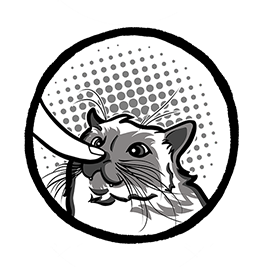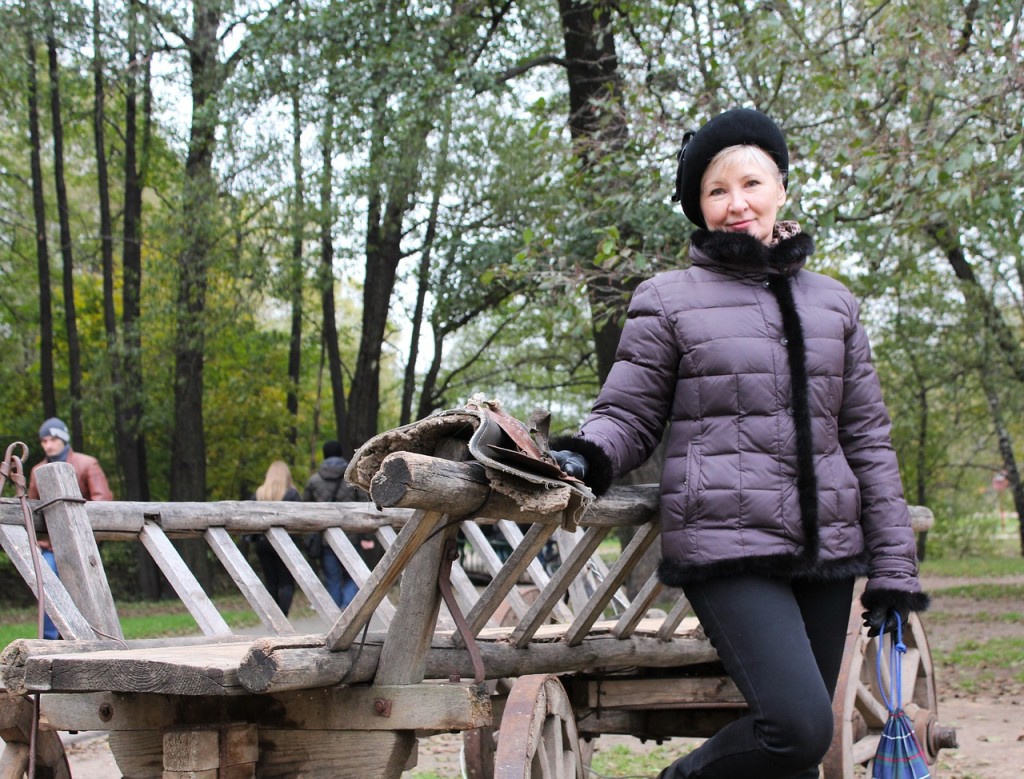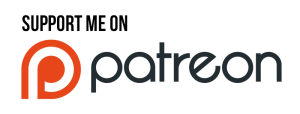Connecting With Your Fans: Part 1
You’ve built a great game. You’ve created social share features that your audience will actively want to use. You’ve set up your official social media channels and have ensured that it’s easy for your audience to find them. You’ve scheduled in at least 15-30 minutes a day in which you’re going to interact with your community.
…So now what?
Note: I’d originally intended for this to be one article. However, it quickly became clear that one article wasn’t going to cut it. It will now be split into several articles, starting with some expectation setting and ground rules!
Setting Expectations
Ideally you want to do this before you launch your game and kick off your social efforts. However that’s not always the way things work out, and better late than never, eh? Setting expectations around what you want to accomplish should inform how you approach connecting with your fans.
Ask:
- What do I want to get out of this?
- What experience do I want my fans to have?
- Do I want to have any of this take place on my site? If so, do I have a rules and/or policy around abuse?
- How much do I care about the number of Likes / Followers?
- What’s my ideal community look like in 1 year? 5 years?
- Are my expectations reasonable given my time/$ constraints?
Just want to have a fun time interacting with fans of your game? Awesome! You might focus on more casual, personal interactions with people who are posting about your game.
Looking to aggressively grow the followers on your account so that your next game reaches a larger audience? Your strategy is going to be a bit different to the one above.
Now that’s not to say that you can’t try out a variety of approaches over time, but knowing your core motivation is incredibly valuable. You can adapt your strategy, but failing to have one makes it that much harder to succeed. You don’t need to have a huge document breaking down your 5 year plan, but having a rough idea of what you want, why you want it, and how that will benefit your fans is a great place to start. Put it on a whiteboard, schedule your content, and start trying things out!
A Few Ground Rules
#1: Your Fans Are Real People (and may not be who you think)
Creating a rough sketch of who you think your expected audience will be is a great first step! Just remember to listen and adapt based on who your audience actually ends up being. You may have planned content around an intended audience of men in their 20s… but find that your actual players are 50+ yr old women living in the midwest. If you’re focused too heavily on the idea of the audience you want, rather than the audience you have, it’s easy to lose track of the individuals that make up your actual fan base.
Your fans are real people, just like you. They’re not a number. They’re not an avatar. They’re not constrained to your projected demographic. (sometimes they’re wildly different from your expected audience, even…) Outside of obvious trolls and fake accounts, every single one is real person. The approach you use for interacting with one may not work with the next. As long as you’re remembering that your fans are real people, and individuals with varying needs, you’re already ahead of the game.
#2: Be the Best Version of You (i.e. Don’t Be a Dick)
Never take your frustrations out on your fans. Every interaction you have with them should come from the best version of you. The person who loves and appreciates their fans contributions. Even if (especially if!) they are providing you with constructive feedback. Having a really off day and just can’t respond immediately? Don’t! Get up, go outside, and walk it off. Be the Lebowski…
#3: Never Lie
Nothing will kill your connection with your fans quicker than being caught in a lie. Building a community is about building relationships, and nothing kills a relationship quicker than a lack of trust. What’s the easiest way to lose someone’s trust? Lie to them.
You may not always be able to provide all of the information, but its in your best interest to never intentionally lie to your fans. If you find yourself in a situation in which you’ve unintentionally lied to them, apologize immediately! Most of your fans will forgive you, as long as you’re quick to communicate changes, and have built a relationship of trust.
#4: Be Okay With Failure
Some of your content and attempts at conversation are going to fail. There’s no might about it, it will happen. The best community manager in the world has content and attempts at conversation that flops. (note: It will almost always be the content that you think is heeeeeelarious, or otherwise love… or that might just be me)
Every single community is different. What works for one might fail utterly on the next. Don’t take it personally! As long as you’re learning and adapting, you’re doing a-okay. Pick yourself up, try something new, and see how it goes! That your fans don’t share your love of cat memes is no slight against you, it’s just not their thing. Keep on trying until you figure out what does resonate with them!
#5: Listen More Than You Speak
Remember that you’re building relationships with your fans. In any good relationship you want to listen just as much, if not more, than you speak. Using your social media and community channels as a virtual billboard is sometimes necessary, but do it too often and you’re going to alienate your fans and lose followers.
This is critically important to remember on Twitter, which is centered around conversation. Spend too much time talking about or promoting yourself and people are unlikely to stick around. A good rule of thumb to keep in mind is the 90:10 rule. 90% of the time, focus on conversation, responding to @ messages, and generally interacting with people. Only 10% of the time should be focused directly on self promotion, sales, etc.
When thinking through your strategy for connecting with your audience, make sure you’re leaving enough time to find and listen to your fans. This should make up a large portion of your efforts, and if you’re not accounting for the time it can add up quickly.
In Closing
Getting started is one of the hardest parts of interacting with your audience. It’s easy to feel lost, and even the most seasoned Community Manager can feel daunted during that initial phase. That first chunk of time in which it seems like no one cares and that you’re just throwing content out into the void is scary. It can be easy to not see results, fear the worst, and then abandon the effort before it has a chance to grow.
As with any part of development, having a plan is hugely beneficial. Set expectations around what you’d like to achieve, remember the ground rules, and start thinking about how you’d like to interact with your fans. By keeping those in mind, you’re starting from a solid foundation from which to connect with your fans and build a great community!
Support My Work
I rely on the support of fantabulous folks like yourself!
Dig my writing and want to see more? Support me on Patreon!
Questions? Comments? A fantastic cat meme you’ve been dying to show off? Drop me a line in the comments or @boopsocial!










